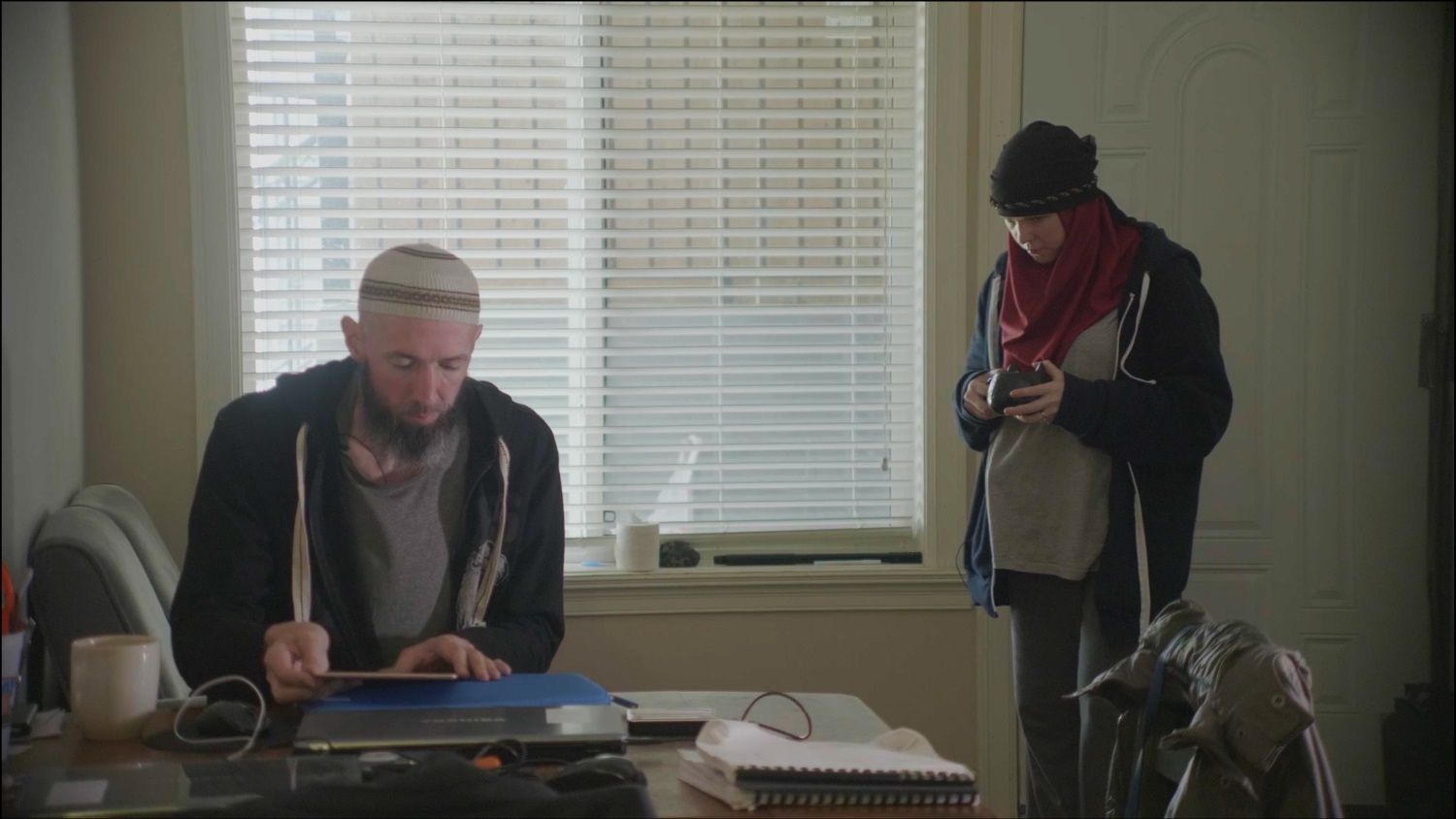It’s an understatement to say that, from the moment of its formation in 1983, the Canadian Independent Film Caucus (renamed the Documentary Organization of Canada, or DOC, in 2003) was hardwired to become a cultural lobby force. Its focus was as much on matters of policy as it was on figuring out how filmmakers could operate viably. And that’s because these things are intertwined: Without good cultural policy, no “independent production” is likely to occur.
If Canada was going to have a sustainable film and television industry with viable businesses and secure jobs, then it was going to have to follow the example set by other developed countries in the ’50s and ’60s (France, Sweden, and Australia for instance) and create production funds to supplement extremely reluctant private-sector investment. Sitting next to the US free-market juggernaut, with all its power to dump cultural product in our theatres and on our airwaves, meant that Canada had to either take initiative or give up entirely and admit that our English-language market was nothing more than a cultural branch plant for Hollywood and New York.
Thus, in 1984, Telefilm Canada was born as the successor to the Canadian Film Development Corporation (CFDC), which had been established in 1967. Its goal was not only to carry on the CFDC’s timid investments in dramatic feature films, but, for the first time—through its newly minted Broadcast Fund—to operate an investment envelope for dramatic television series and movies-of-the-week. They had been lobbied hard by the drama producers through their trade association, the Canadian Film & Television Association (now the Canadian Media Producers Association). However, children’s, animation, and documentary productions were excluded. As far as docs were concerned, this exclusion rested on the misconceived and parochial notion that the genre was simply the prerogative of the National Film Board and the CBC, regardless of basic aesthetic questions of point of view, form, and length.
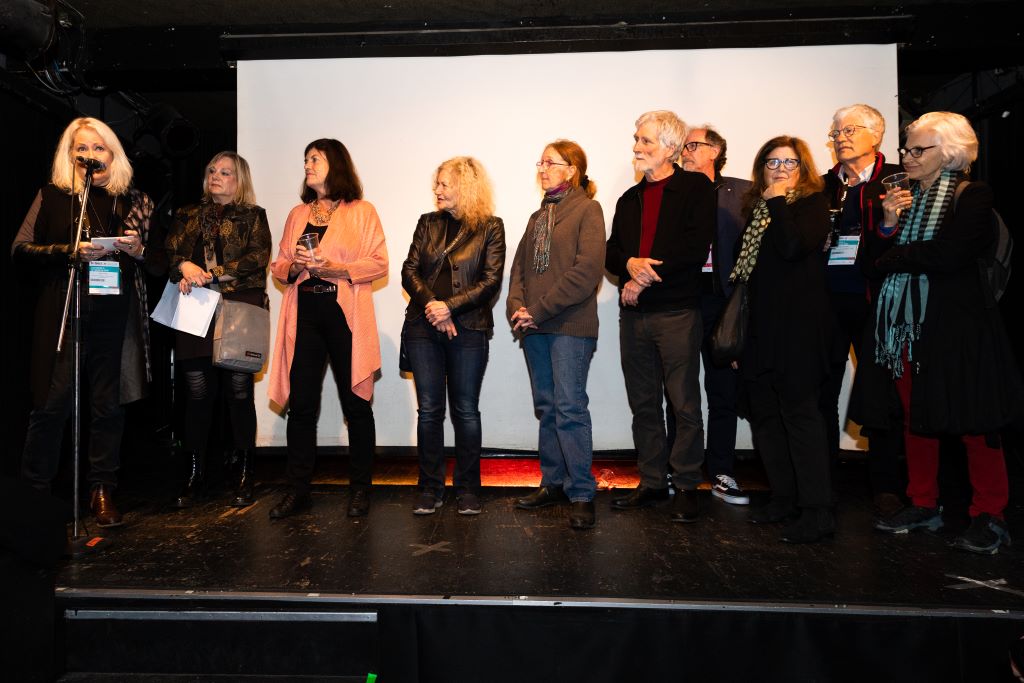
Indeed, many of the culture bureaucrats who created Telefilm Canada hadn’t a clue that the NFB had ended about 90% of its staff-filmmaker relationships by 1982, leaving a whole generation of filmmakers across the country to flounder in a new “independent” world. Sure, they might get a contract once every few years from a local NFB office, but that was not going to be sustainable. And the CBC? It was so wedded to its 1982 journalistic policy of “balance,” the idea of independent documentary so anathema to them, that filmmakers were locked out entirely from reaching audiences via CBC for nearly ten years. It was a crisis situation, with the CIFC having to convince Telefilm’s policy makers that independent filmmakers should be supported as they are in many developed nations. Why not our own?
With few festivals, no broadcast windows, and no independent funds apart from provincial and federal arts councils, CIFC came into being in the fall of 1983, on the eve of Telefilm’s rollout, precisely to fight this exclusion from the Broadcast Fund.
When approached by the CIFC to explain the exclusion, CFDC chair Peter Pearson, himself a drama filmmaker/producer, told early CIFC stalwart Peter Raymont to “go ahead, get together and lobby for it [a doc envelope].”
And CIFC did. But not without living by the fax machine for a year, fighting hard, John Walker remembers, against Pearson’s efforts to completely kibosh any hope of a documentary envelope. Perhaps scarcity called for desperate measures. The Caucus members—Walker, Raymont, Laura Sky, Rudy Buttignol, Bob Lang, Barry Greenwald, David Springbett, and others—struggled with dedication. And in 1987, Telefilm added “independent documentary” to the list of genres eligible to access the Broadcast Fund.
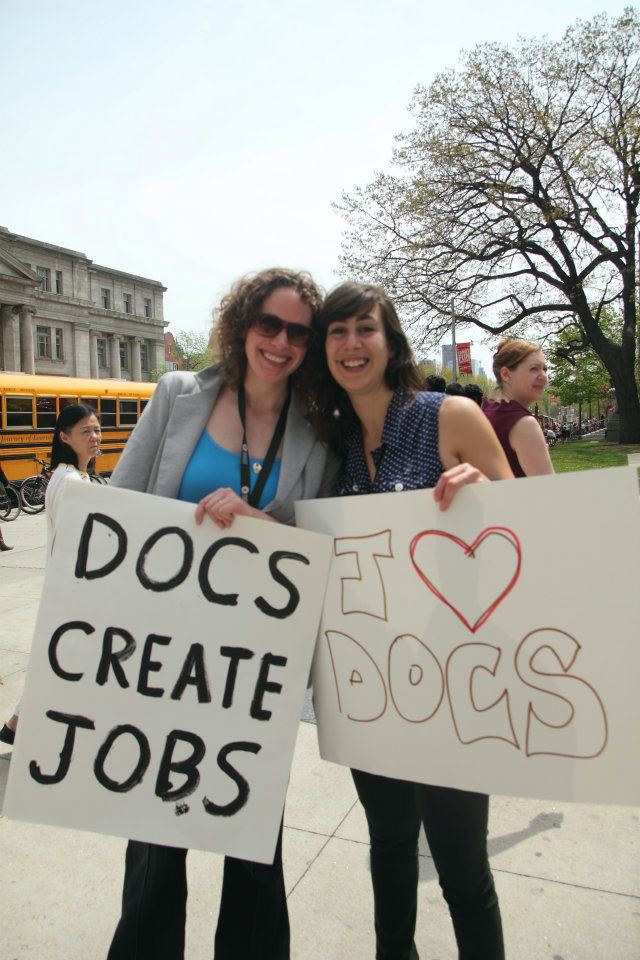
In looking back over the 40 years of DOC’s policy work, all of the major themes of the organization’s evolution can be discerned in this origin story. There is scarcity and competition with other genres. Pan-industry ignorance of the form. The disinclination to compel private broadcasters to program Canadian stories. The ongoing need to remember the link between documentary and the public good. And viability, which is always paramount: How to create a viable industry for filmmakers.
I divide DOC’s 40-year policy history into four phases of struggle and achievement in two areas: policy initiatives and lobbying. The former is often driven by the need to be reactive to changes in the broadcast or funding environment, and often involves a careful process of actually crafting policy interventions before the Canadian Radio-television and Telecommunications Commission (CRTC) or Standing Committee on Heritage. The second part involves direct appeals to broadcasters, funders, ministries, and institutions for better terms of trade, fair license fees, and more windows. Together, they form the basis of DOC’s function as an organization devoted to advocating for the interests of Canadian independent doc makers.
The first decade saw a significant push towards the opening up of meaningful broadcast windows. There would be no viability without funding and exhibition of independent point-of-view documentaries. Until the organization could hire a full-time executive director, which took well over a decade, it fell to member-filmmakers themselves to undertake the research and writing of letters pleading for more windows. During this time, CIFC supported the establishment of CBC’s all-news channel, Newsworld (now CBC News Network), which launched in 1989. Then there was the six-year push at the CBC to create the Witness strand of independently produced commissioned work, followed by the Rough Cuts series on Newsworld, and their French-language equivalents.
The early 1990s also saw advocacy for provincial public broadcasters in other provinces: supporting Knowledge Network in BC and driving the long push to create a singular success, The View from Here, on TVOntario. This latter achievement was the culmination of a close collaboration with a broadcaster that understood the public good and value of such a strand. The late Peter Herrndorf was TVO’s CEO at the time—I well remember meetings with him and would come to learn that the largesse he showed the community was something rare. We repaid it by redoubling efforts to help save TVO from then-Premier Mike Harris’ threatened axe. The creation of the Rogers Documentary Fund was the result of the same kind of collaboration. More often, though, the CIFC was met with veiled contempt and suspicion, especially by private networks such as CTV, who could see no value in documentaries.
Irritating program executives was the price individual filmmakers often paid for this volunteer lobby work, and it did have real consequences on work and careers. Early in the digital era, for instance, the CIFC received a thinly veiled threat, should we pursue an intervention before the CRTC demanding that a certain network pay filmmakers fair value for their digital rights. “This is a relationship industry,” said the CEO of the channel in question, “Don’t you forget that.” Well, we cut a deal, but the channel’s executive exacted revenge, depriving Hot Docs of money in the early days.
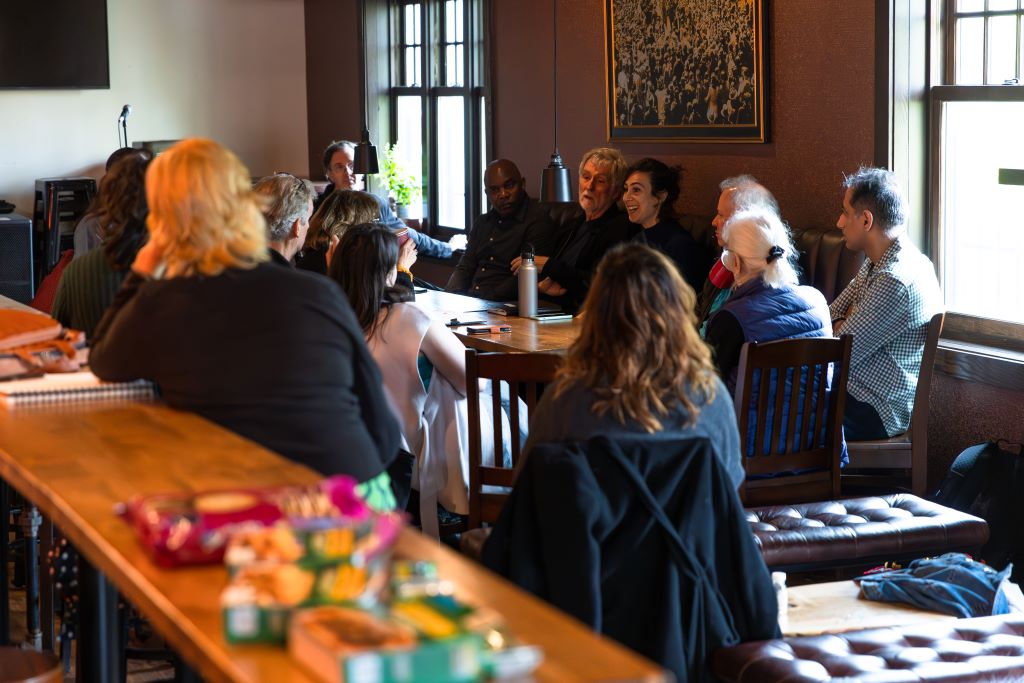
In the second phase, roughly dovetailing with the mid/late 1990s and into the 2000s, the growth of specialty channels and the consolidation of the CMF created new opportunities, but on microbudgets for filmmakers. The CIFC/DOC had more resources by then, and had developed greater skill in commissioning third-party reports on the status of the documentary genre (the Nordicity-authored Getting Real reports and its predecessors). It was also able to hire researchers to undertake more robust interventions at the CRTC over larger questions of corporate consolidation. It was challenging to get good data on the documentary genre during that time, since the CRTC (as DOC member Kirwan Cox discovered) was often counting current-affairs news items in clocking expenditures on documentary programs!
It was a watershed moment when the CRTC (PN 1999-97) gave private broadcasters more flexibility in both definitions of programs and expenditures across a “group” of owned channels. The implications were far reaching. It meant broadcasters didn’t have to commission fairly across all genres but could put all their programming eggs in the drama or comedy basket to the detriment of other genres and channels. They could starve one channel they owned in favour of another. Big Brother Canada, for instance, got funded this way, to the detriment of other channels in Corus’ group.
CIFC member and former POV publisher/editor Geoff Bowie spearheaded our interventions with the CRTC on PN 1999-97, which examined the “success” of Canadian broadcasting and was supposed to endorse further strategies. Despite lobbying from producer–filmmaker groups and associations, the long tradition of the CRTC giving in to big corporate demands was honoured. The creation of program categories designed to respect documentary ended up slipping and sliding into reality programming, something that has affected our industry ever since. (Read the intervention to the CRTC this past summer at docorg.ca/advocacy-index.)
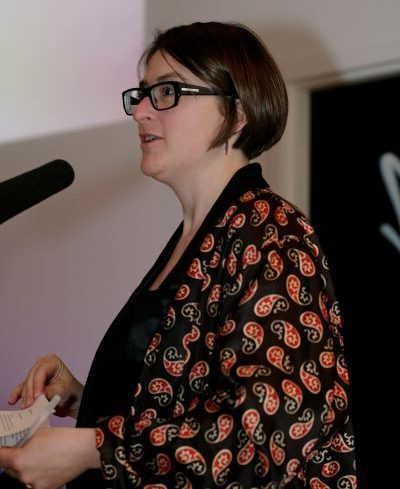
By 2010, a new phase inaugurated a focus on copyright legislation, a frontier until-then untouched by DOC. The work of DOC’s then-executive director Lisa Fitzgibbons saw her in cross-country consultations with filmmakers and allies trying to craft the “fair dealing” rules that we now enjoy, which help filmmakers use copyrighted material for their films in ethical and cost-effective ways.
This phase also saw over-the-top (OTT) services like Netflix and Prime Video spilling into Canada and taking a bite out of broadcaster revenues and eyeballs. Ads started tanking. The private broadcasters who always cried for relief from Canadian-content expenditures really did have a new game-changing threat. The obstacle to confronting this threat in novel ways was Prime Minister Harper. His government had issued an exemption order preventing the CRTC from regulating these OTTs, captured in a Terminator-referencing meme parodying a tweet from Harper hashtagged #NoNetflixTax. (The meme has Harper declaring his affection for Cyberdyne Systems and its products while decrying a proposed “Skynet tax.”)
In 2014, the CRTC sought comment from the public on what else it could do to “help” the industry. Known as the “Let’s Talk TV” hearings (CRTC PN 2014-190), the Commission had a showdown with Netflix, but all the drama boiled down to nothing more than reinforcing the exemption order while compelling broadcasters to create more affordable pick-and-pay channel retail markets. Dispiritingly familiar was the Commission’s refusal to act on behalf of film and TV-industry creators.
Nonetheless, Fitzgibbons and I made an impassioned plea before the Commission, reminding them of the negative impacts (including drops in documentary commissions and spends) resulting from the establishment of the Group Licensing Policies in 1999. We asked that the Commission direct broadcasters and the CMF to work together to offer funds for digital-first projects.
Finally, we come to the current phase of advocacy, which has made big strides toward bringing more filmmakers and producers from marginalized communities into the DOC tent. On the policy stage, DOC has participated extensively in the complex set of Bill C-11 hearings. The Bill is a set of amendments to the Broadcasting Act, which will hopefully bring OTTs into our financing and exhibition structure in the fair, enriching, and equitable way that Fitzgibbons and I asked for in 2014.
It remains to be seen whether or not there will be any real change and an infusion of dollars sufficient to solidify a viable industry for documentary filmmakers. Domestically, the headwinds aren’t great. Like a mind-numbing repetition compulsion, all major broadcast groups are asking for drastic cuts to their spending on and exhibition of Canadian programs, just as they do pretty much every time they come up for license renewal. And, as DOC wrote in its intervention this summer (CRN PN 2023-138): “This points to the lack of broadcaster support and interest in supporting Canadian and Indigenous content deemed of national interest.”
Plus ça change.








